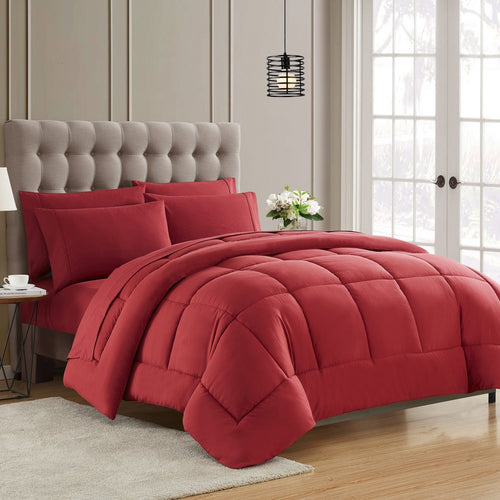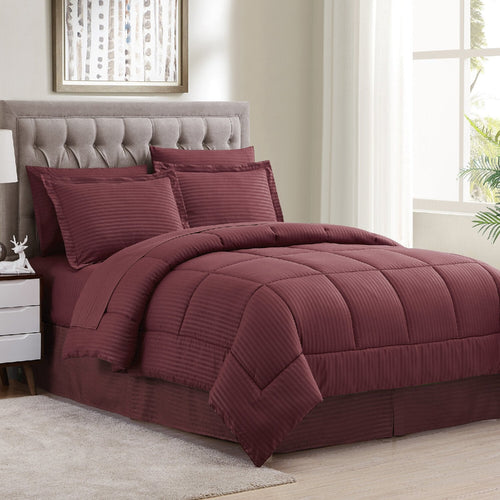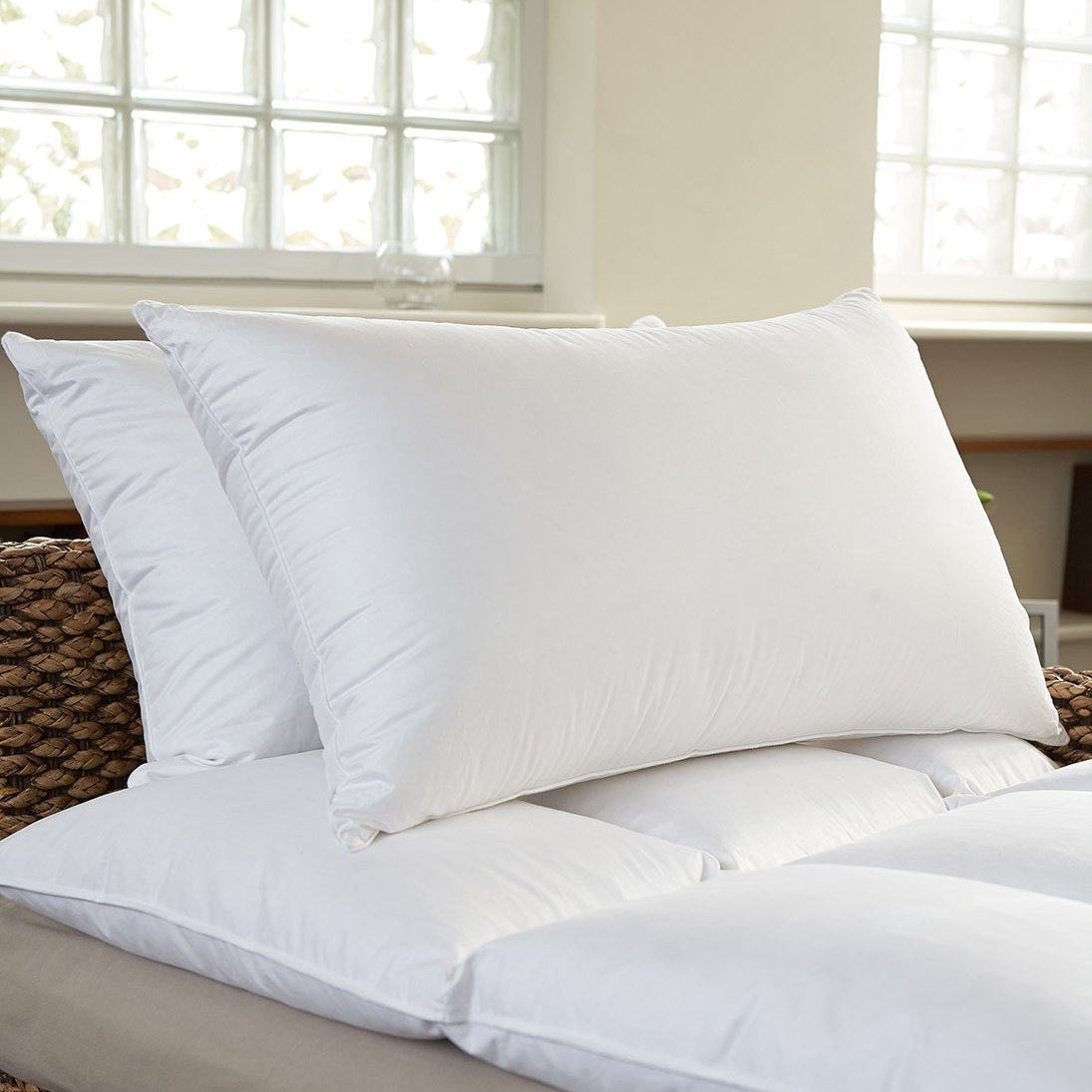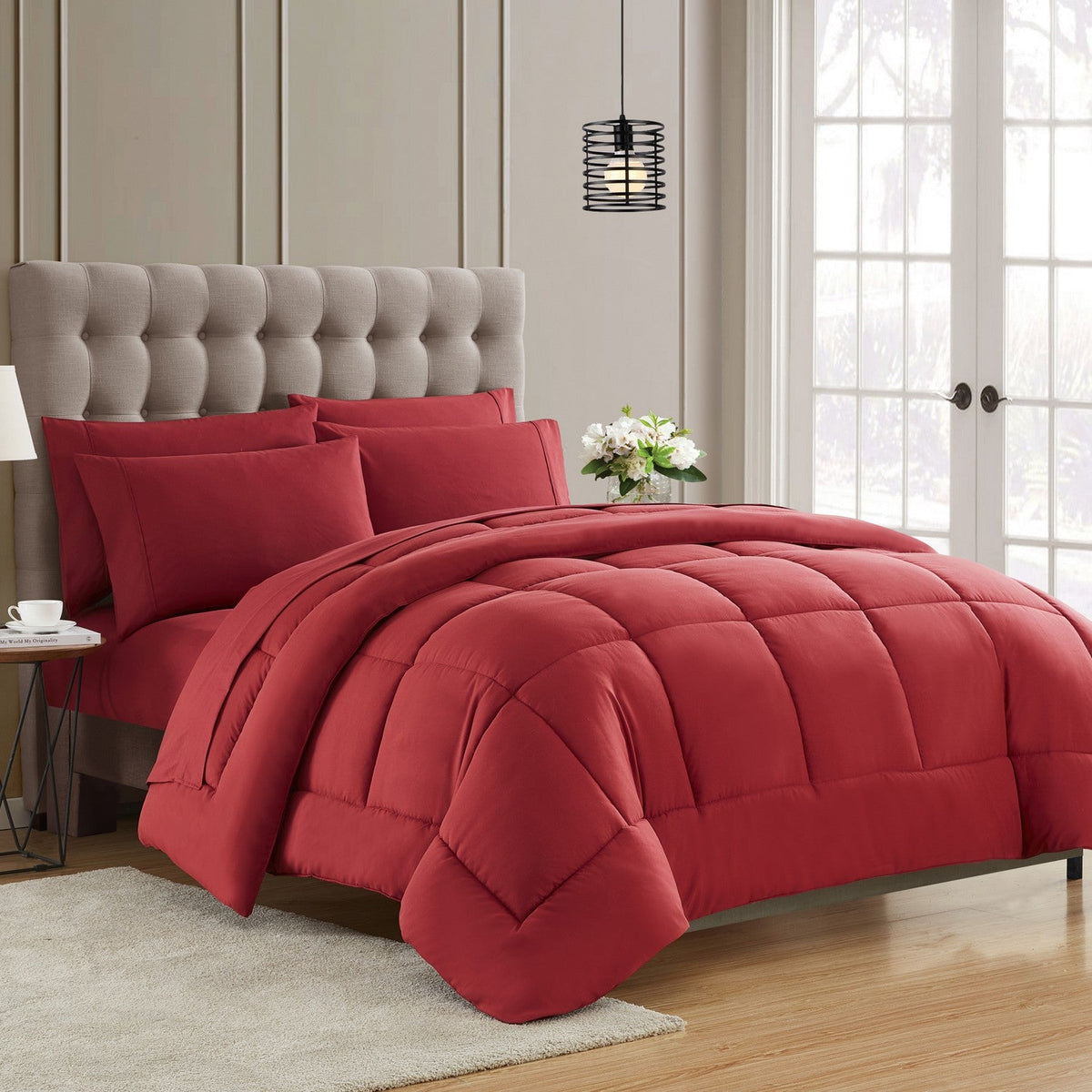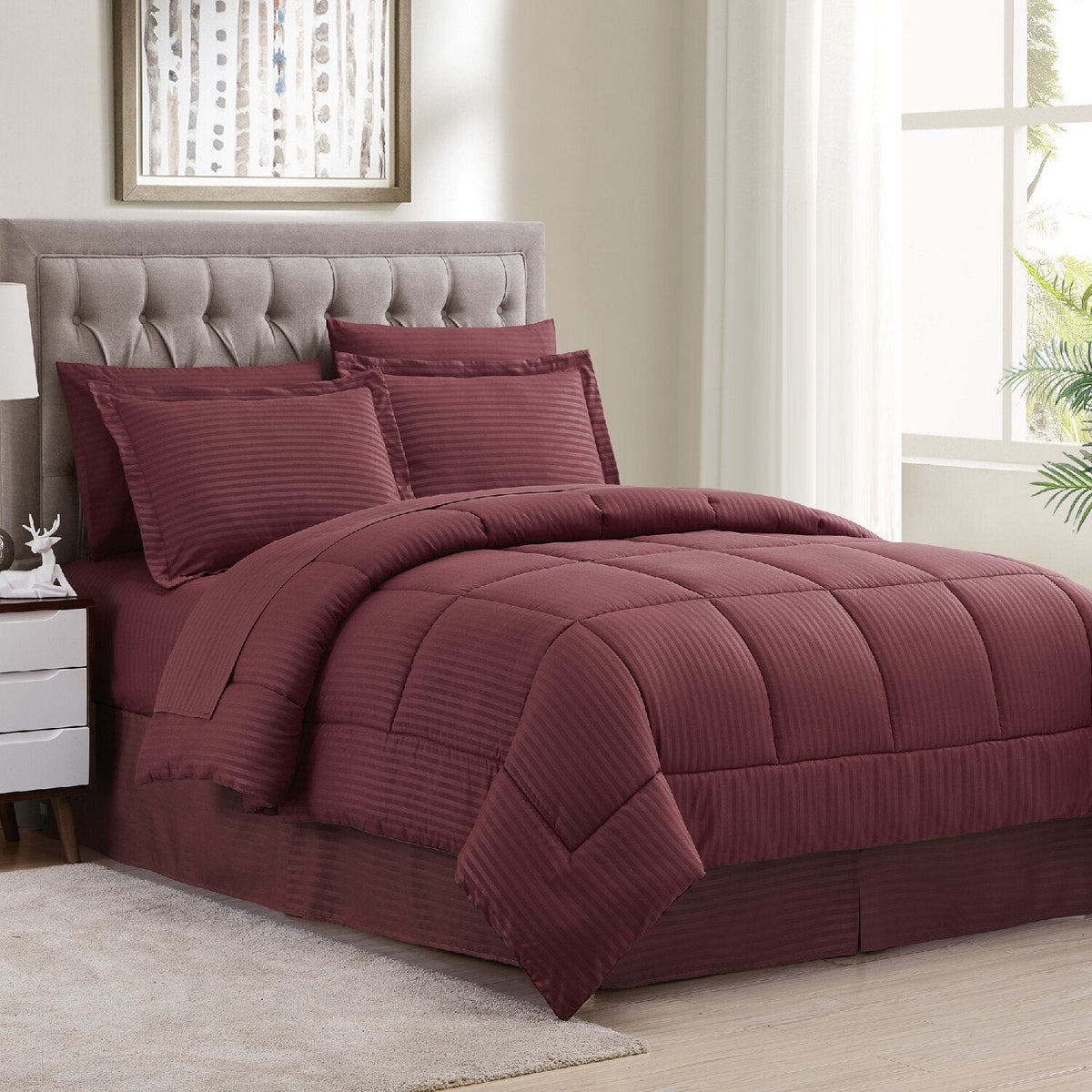Children with special needs, particularly those with autism, often require special surroundings to calm and soothe them. The bedroom is an area that requires particular attention and planning to assure the best opportunity for rest.
Paint color is the first consideration when planning a sensory friendly room. Kids with autism thrive in calm environments. Using pale colors on the walls is key, especially pale pink, soft green, muted purple or other tranquil hues. Many children love primary colors, but this is not the case with kids who have sensory issues. Also, you should avoid borders, designs on the walls or other things that clutter the room.
When considering furniture for the room, including storage, concentrate on getting rid of clutter. Plan to have toys and other items out of sight to simplify what the child visually experiences when they enter their room. Clutter and mess create anxiety in kids with special needs.
Lighting is also very important in creating a low key, non-stressful area for your child. Consider blackout curtains to block strong sunlight, which might cause stress. Instead, use low lighting alternatives that can be switched on and off easily. Dimmer switches would also aid in providing the perfect amount of light.
Does your child have a favorite shirt or another piece of clothing? Maybe your child prefers the feeling of flannel. Or maybe he likes the smooth feel of broadcloth. When choosing bedding, take this into consideration. Generally, kids with autism or other special needs are soothed by weight in the blankets. Purchase a heavier comforter, a down-filled duvet or even look into a weighted blanket that is made specifically for this purpose. It allows the child to feel pressure, almost like being hugged.
A little forethought in planning your special needs child’s bedroom may enable your child to get a peaceful night’s sleep. All of the details will contribute to the area he needs to be able to rest.

